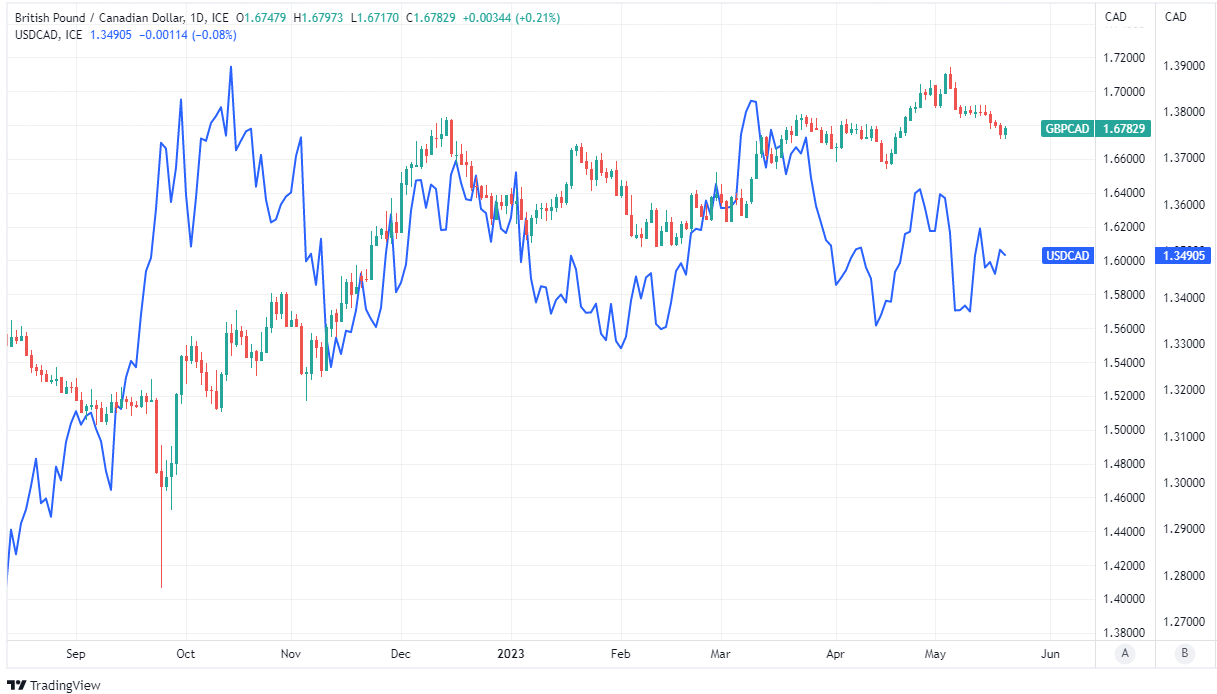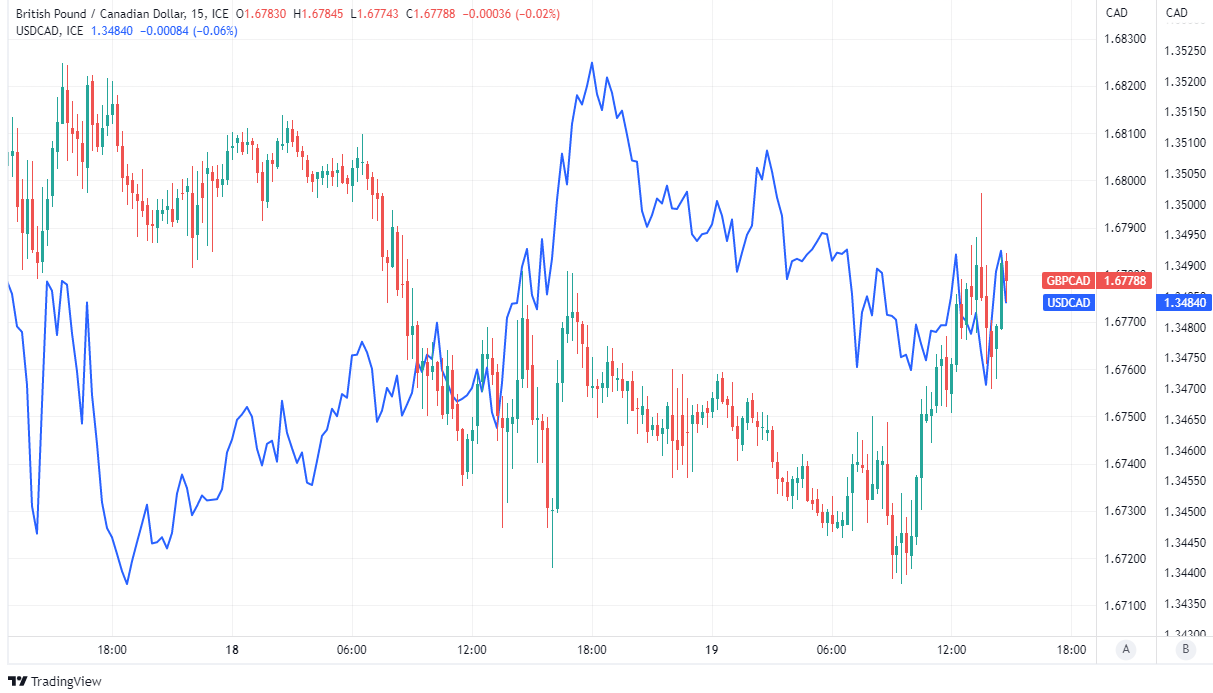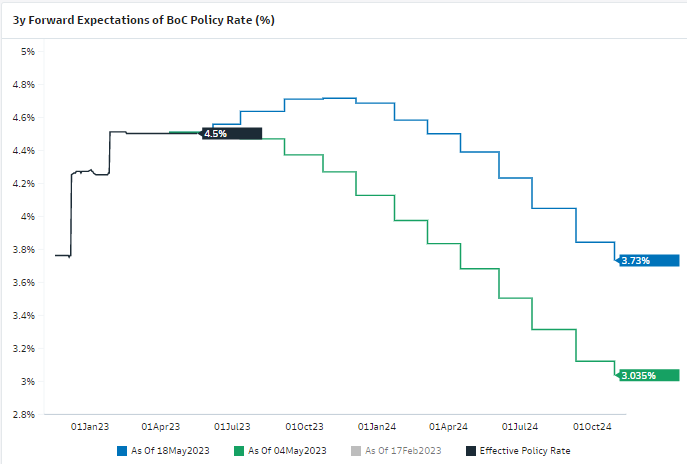Canadian Dollar Helped by Retail Sales Data
- Written by: James Skinner
-
"A softer trend in retail sales is a sign that perhaps the Bank of Canada simply needs more patience" - CIBC Capital Markets.

Image © Adobe Stock
The Canadian Dollar underperformed other major currencies in the final session of the week but benefited after Statistics Canada figures suggested retail sales and consumer spending likely helped to support the local economy last quarter.
Canada's Dollar lagged behind many other major currencies on Friday but climbed alongside the U.S. Dollar following the North American open and after the release of retail sales appeared to help underpin the continent's second-largest economy for the recent months.
Sales values were down -1.4% in overall terms during March and when purchases of items like cars are included in the measurement, while sales volume fell by a lesser -1%, implying widespread discounting by retailers.
Meanwhile, the Dollar value of spending actually grew 0.3% in March when sales of gasoline, motor vehicles and parts are overlooked, and overall sales were reported to have rebounded by 0.2% in April.
"A decline in March retail sales, and only partial rebound in April suggests the Canadian consumer may be finally starting to crack under the pressure of higher interest rates," says Andrew Grantham, an economist at CIBC Capital Markets, following a review of the data.
Above: Pound to Canadian Dollar rate shown at 15-minute intervals alongside USD/CAD.
"Although spending on services is likely to be firmer, a softer trend in retail sales is a sign that perhaps the Bank of Canada simply needs more patience, rather than more interest rate hikes," he adds.
Local economists were uninspired by the data but there was a silver lining or consolation for the Canadian economy in that widespread discounting also appeared to have helped sales volumes to rise for the first quarter as a whole.
It is sales volumes rather than values that are measured in the calculation of national economic output, meaning consumer spending likely helped to keep the economy from contracting in the opening quarter of the year.
It remains to be seen, however, what if anything the data will mean for interest rates at the Bank of Canada (BoC) though market-implied expectations have increased sharply over the course of the week.
"The place where these expectations have really shifted is in Canada which saw a decent amount of repricing of rate hike expectations for BoC as well. The inflation dynamic in Canada a bit more pronounced than local officials had hoped," says Brad Bechtel, global head of FX at Jefferies.
Friday's retail sales numbers followed the release of other figures on Wednesday revealing an April uptick in Canada's main inflation rate from 4.3% to 4.4%, which defied an economist consensus that had been looking for a decline to 4.1%.
But the core and underlying measures of inflation did continue a months-long decline in April, however, meaning there is uncertainty over if the Bank of Canada would feel it's necessary to respond at all.
"Inflation in Canada accelerated in April, but has still on balance been easing since peaking in summer 2022," writes Claire Fan, an economist at Royal Bank of Canada, in a Wednesday note.
"Signs that the lagged impact of higher interest rates are weighing on economic growth suggest underlying price pressures should continue to ease. The BoC is expected to stay on the sideline for the remainder of the year," she adds.
The most recent policy position set out by the BoC was that it would observe economic data closely over a number of months while maintaining a "conditional pause" of the monetary tightening cycle that has lifted its cash rate to 4.5%.
 Above: Pound to Canadian Dollar rate shown at daily intervals alongside USD/CAD.
Above: Pound to Canadian Dollar rate shown at daily intervals alongside USD/CAD.












